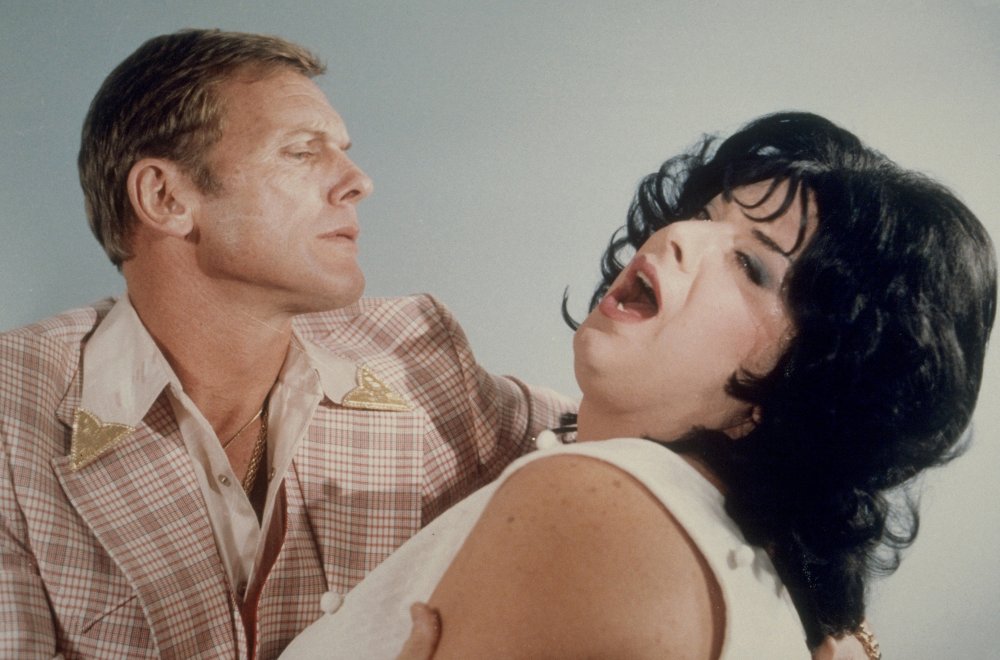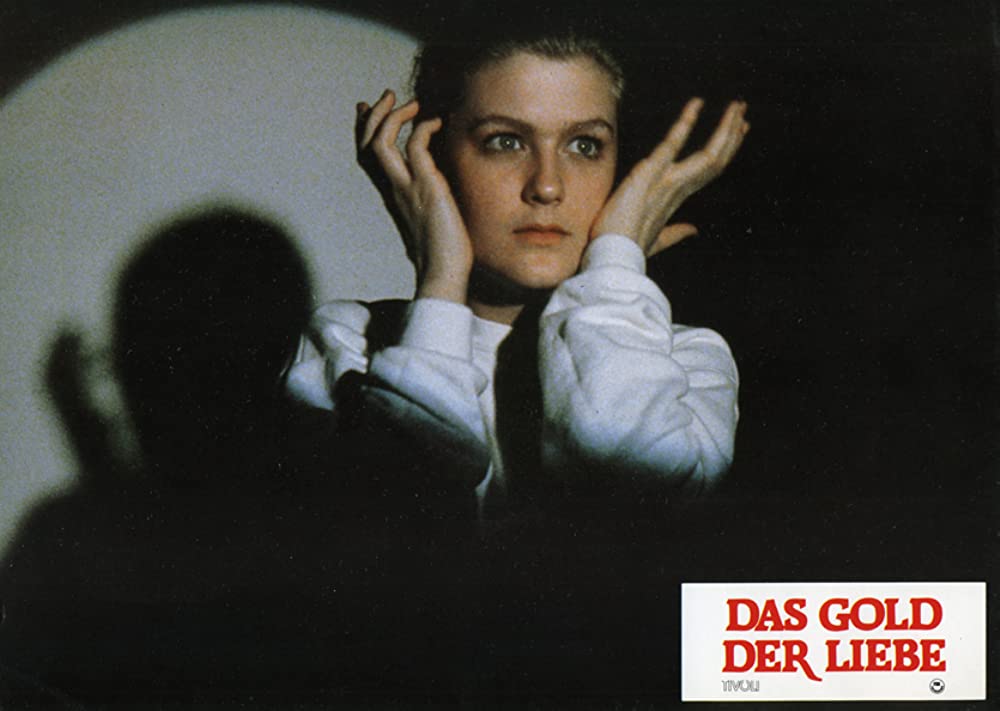“I'm trying to run an impersonal business. Killing is very personal. Once it gets started, it's hard to stop.”The Big Combo (Joseph H. Lewis, 1955)
Nov
15
1946

A man's hand holds up a photo negative of a black-and-white picture, showing two men and a woman, and the date 11-15-46 underneath. DP: John Alton.
– Mr. Brown
The End (Christopher Maclaine, 1953)
Nov
13
ice cream

A man suggestively licks an ice cream cone. DP: Jordan Belson.
– Why do they call you The Gorilla?
– Because I'm big and strong… and everyone has to have a name.Götter der Pest [Gods of the Plague] (Rainer Werner Fassbinder, 1970)
Nov
12
1943

Pornography peddler Carla Aulaulu's (Carla Egerer) criminal record. She's born on November 12, 1943 in Kronstadt. DP: Dietrich Lohmann.
During one scene a perpetual calendar is visible. It's a 26th.
Roma dodici novembre 1994 [Rome, November 12, 1994] (Alfredo Angeli et al., 1995)
Nov
12
1994
“No, I never left the wheel; not for a moment.”The Mystery of the Mary Celeste [Phantom Ship] (Denison Clift, 1935)
Nov
11

Anton Lorenzen (Bela Lugosi). DPs: Eric Cross & Geoffrey Faithfull.
– Anton Lorenzen
“Purr Francine! Purr, purr Francine!”Polyester (John Waters, 1981)
Nov
10

Todd Tomorrow (Tab Hunter) and Francine Fishpaw (Divine) in wild ecstasy. The scene appears to evoke a moment of passion between Chris Flanders (Richard Burton) and Flora Goforth (Elizabeth Taylor) in Boom! (Joseph Losey, 1968). DP: Dave Insley.
– Cuddles Kovinsky
Divorzio all'italiana [Divorce Italian Style] (Pietro Germi, 1961)
Nov
9

Ferdinando Cefalù (Mastroianni), all handsome and bored, at a table set with food and wine for one. DPs: Leonida Barboni & Carlo Di Palma.
we are not what we seemThe White Rose [The White Rose: Jay DeFeo’s Painting Removed by Angelic Hosts] (Bruce Conner, 1967)
Nov
9
1965

Workmen during the dismantling of The Rose in Jay DeFeo's studio on Fillmore Street, San Francisco on November 9, 1965. Screenshot taken from a clip made available by the Paula Cooper Gallery on Vimeo. DP: Bruce Conner..
– words inscribed in the bottom of DeFeo's painter's stool
“Oh keiner macht's wie du,
Wie du so traut sich's keiner,
So wie du”Das Gold der Liebe [The Gold of Love] (Eckhart Schmidt, 1983)
Nov
9

DAF-fan Patricia (Alexandra Curtis). DP: Bernd Heinl.
– DAF – El Que (Gold und Liebe (1981)
Compartiment tueurs [The Sleeping Car Murder] (Costa-Gavras, 1965)
Nov
8

Eliane Darrès (Simone Signoret) – comédienne, by herself – takes a long hard look at her table-set-for-two. DP: Jean Tournier.